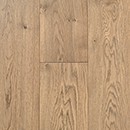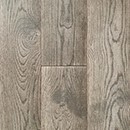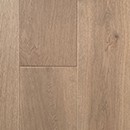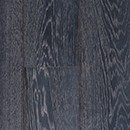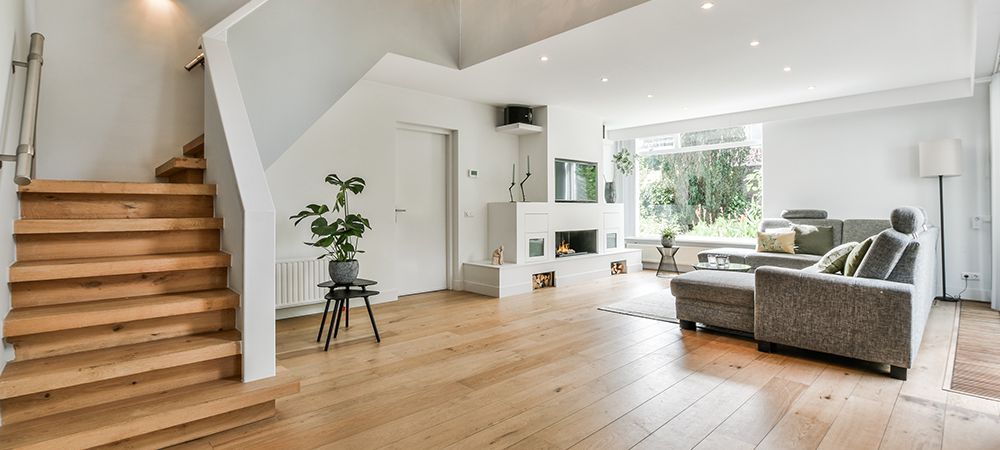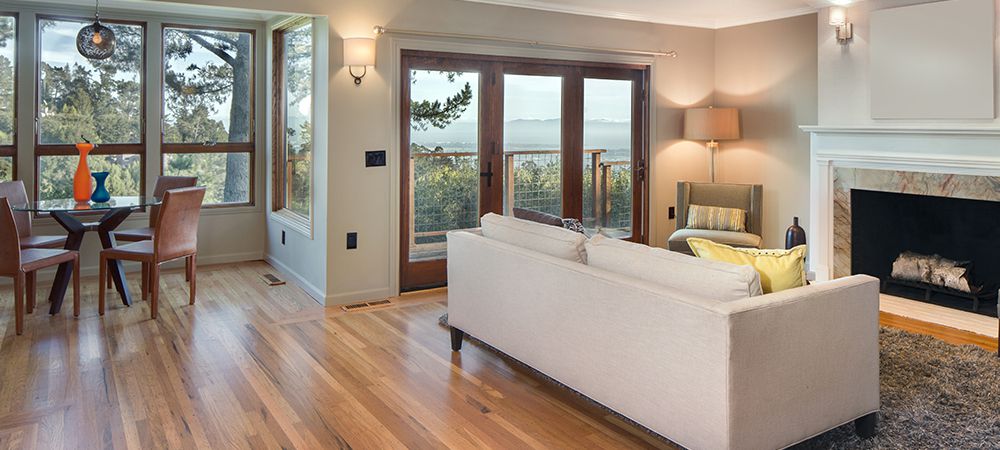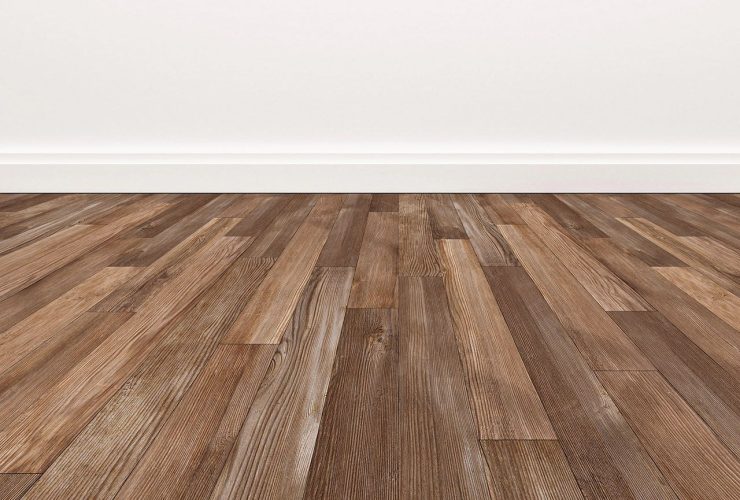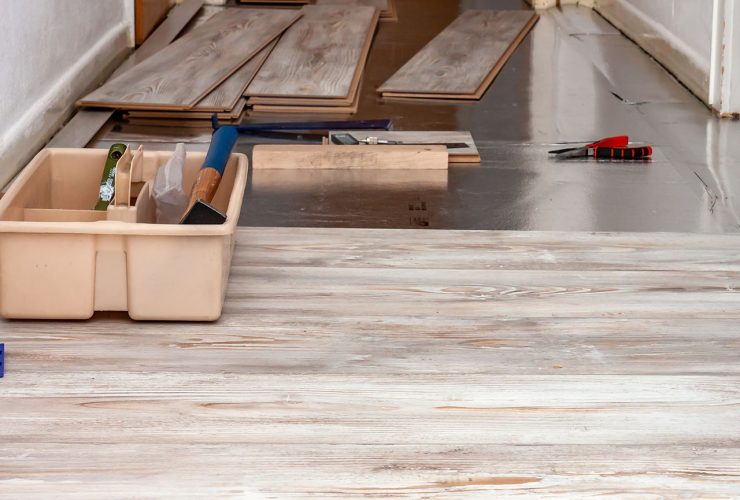How to Match Wall Colour with Wood Floor
One of the most important aspects of interior decoration involves balancing the colour themes. It includes ensuring the different shades used in the house go well together to create the perfect design. But, most people don’t understand how challenging this aspect can be until they have to do it. It’s particularly confusing when you’re trying to match the wall colour with the wood floors and furniture.
There’s no denying wood floors are exceptional choices for homes and offices. They create a cozy natural look and bring a lot of character to the environment. However, these perks can be undone by something as simple as a wall colour mismatch. If you get the wall painting wrong, it can negatively affect the elegance of the wood floors.
Then again, with so many wood species available and even more floor stain colours, finding the right colour match for your walls can be tasking. You may be thinking, “can’t I just bring in different samples and compare the colours?” Well, it’s that simple, but it’s not that simple at the same time; you’ll understand what we mean by the end of this post.
Key Considerations When Trying To Match Wall Colour with Wood Floor
First off, the walls and the wood floors don’t necessarily have to be the exact same colour. That’s the main thing you want to keep in mind when matching wall colour and wood floors. In fact, it’s often not a good idea to use identical colours for the floors and the wall. It creates a drab and monotonous ambience that looks devoid of creativity in the environment.
Instead, you want to consider the following ideas to match different wall colours with varying wood floors in your home or office.
Related Article: How to Clean Wood Floors
Wall Colour Ideas for Light Wood Floors
Generally, light wood floors come in light yellowish, grayish or white (bleached) colours. The colour variations are often dependent on the species of the wood and the stain used for their finishing. Regardless, light wood floors generally have the brightest hues in the colour spectrum for hardwoods.
We can group light wood floors into two categories based on their undertones. Typically, light wood floors may have a warm or cool undertone. For example, woods with taupe or grayish undertones belong to the cool undertone category. And woods with red, orange or yellow undertones belong to the warm undertone category.
Some popular examples of light woods with cool undertones are ash, white oak and maple. Light wood species with warm undertones include beech and hickory.
An adequate understanding of these concepts will help you when picking a wall colour to match with your wood floor. That said, cool hues will go perfectly with wood floors that have cool undertones. In the same way, warm wall colours will perfectly complement wood floors with warm undertones. However, this doesn’t mean you can’t use contrasting colour schemes in your designs.
You can choose the opposite hue of your wood floor’s tone to create a contrasting visual effect. However, you need to exercise caution when combining such colours to avoid making a mess of it. For instance, you don’t want to put bright yellow walls on a wood floor with dark grey undertones. So let’s examine the best wall colours to match with light wood floor undertones and how to use them.
White
White is a go-to colour for walls in many interior decors involving light wood flooring. It’s a very popular choice in modern and contemporary interior designs. And it’s a widespread belief that white is the most versatile colour you can use for a wall. Being the ideal neutral, it can go with any shade of wood floor light, medium or dark.
A pure white paint on the wall to match light wood floors is a classic interior design idea. However, It may also create a sort of starkness or what most people call the “hospital vibe.” Fortunately, you can use several variations of white hues to avoid creating that sort of vibe. And, picking the right shade of white can make all the difference for your interior decor.
For instance, beige is a variation of white colour that has a warm undertone. It will go well with a wood floor spotting a red or orange undertone. Cream, parchment or eggshell white will perfectly complement a wood floor with a yellow undertone and so on. On the other hand, porcelain and frost white have cool undertones and will go better with woods spotting greyish undertones.
Neutrals
Neutral shades such as light gray and taupe also match pretty well with light wood floors. Similar to white, neutral shades can also have warm and cool tone variations depending on the pigments added by the manufacturers.
If you have wood floors with a cool undertone, any shade of grey will look beautiful on the walls next to it. If you have warm-toned floors, on the other hand, mild shades of brown or tan will accentuate the beauty of the floors.
It’s often easier to simply go with a colour palette that is similar to your wood flooring. You can hardly go wrong that way. But, when we say ‘similar,’ we mean a hue at least two shades darker or lighter than your wood flooring design. In that case, you want to use tan shades on the walls next to light walnut floors. Or you can have smoke grey walls to complement light ash floors.
Cool Hues
There are several cool wall colours you can consider to match with light wood floors. For instance, a splash of blue on the wall with a grey or white toned wood floor is an excellent idea. You can also consider shades of green and violet with light woods. However, you want only to match these colours with cool-toned floors.
Pastel or jewel tones are also beautiful choices you can put on your walls to complement your light wood floors. These tones are ideal if you’re looking to add a dramatic pop and create a playful vibe in an area.
Warm Hues
Warm colours create an exciting atmosphere; they are generally lovely and add a bit of liveliness to the environment. An orange colour on your living room walls is an excellent match with light wood floors. And, if you want a more feminine look, a splash of pink or beige on the walls with a red-toned light wood will do.
However, you should note that these colours only compliment wood floors with warm undertones. You only want to use them with wood species such as beech, light red oak and hickory.
Nonetheless, warm colours are well suited to shared spaces like dining areas, kitchens, entrances, and living rooms. You also want to put them in the kids’ rooms and general play area. They generally create a welcoming feeling and are associated with warm fuzzy vibes.
Other than orange and pink, other common examples of warm colours you can use include; mustard yellow, wine and pumpkin. Solid yellow often creates a stark visual effect, so its applicability is quite limited.
Wall Colours For Dark Wood Floors
Dark wood floors are not the most obvious choice for most homeowners as very few people understand their advantages. But the few who do know the flexibility of dark wood floors is a plus when it comes to designs. They are very versatile and can pair well with colours on both ends of the spectrum.
It’s easier to match dark wood floors with warmer wall colours. In addition, creating a contrast with dark wood floors is a lot simpler than with light wood floors. And, it has more or less become a common practice for homeowners to match dark hardwood floors with light wall shades.
Several colour themes will go perfectly with dark wood floors. So, most times, the ideal shade for your interiors will depend on the visual effects you intend to create. In addition, there’ll be specific attributes that you’ll want to accentuate. These pointers will decide the right colour palette to match your wall tone and wood flooring beautifully. Below are some wall colours that’ll blend perfectly with dark wood floors.
Different Shades of White
A bright wall on a black wood floor is more or less a staple in many homes nowadays. In addition, using any shade of white on a dark wood floor creates a clean and tidy visual effect in a room. In addition, it also makes the room look bigger.
Ideally, you want to go with warmer shades of white, such as beige on a dark wood floor. The creamy tinge of beige combines with the dark base to create a cozy ambience. It balances the richness of the dark wood with the lighter shade and brings out the beauty of its undertones.
However, if you intend to create a minimalist design in your home, frost and icy white are the best matches for the dark wood floors. If you want to add a little more pop to the ambience, you can put a little bit of blue or green here and there. It’s all about how you combine them but never stray from the whitish background.
Grey For a Neutral Ambience
Grey-coloured walls often match beautifully with dark wood floors. Cool gray shades on the wall will blend richly with the dull sheen of the dark wood floors to create a tranquil scenery.
Smoke grey walls are also ideal on dark wood floors if you want a neutral setting with a little bit of contrast. There are several ways you can combine a variety of grey shades on dark floors. For example, a splash of pewter grey colour on the wall will match gorgeously with dark wood floors and accentuate its undertones.
The good part is; a shade of grey on the wall with dark wood on the floor creates a cool background which pushes attention to other interior decor accessories. The calm background attracts less attention while accentuating the overall colour scheme of the space. So, this colour scheme is the ideal choice for a design theme that focuses more attention on the general interior setting.
Pastel For a Softer Touch
Dark wood floors tend to create a heavy visual impression in an environment with sparse lighting. An excellent way to soften the complexion of a room is to use pastel colours on the walls. Pastel colours have a way of toning down/reducing the thickness of the ambience created by dark wood floors.
Some good examples of pastel wall colours that match well with dark wood floors are; mauve, coral, mint green, primrose pink, mellow yellow, and powder blue. Pastel colours can have either warm or cool undertones, but they all work well with dark wood floors. They’re great options if you want to add some spice to the space without committing to a bold outlook.
Wall Colours Ideas for Cherry Wood Floors
Cherry wood floors naturally have striking tones, which you’ll do well to complement with wall colours that are equally as beautiful. As usual, white is an excellent idea in this case. A crisp shade of white on the wall will create an elegant contrast with the rich tone of the cherry floor. Of course, if you don’t like the stark white, you can go for a creamier outlook, in which case, beige will suffice.
If you want a more dramatic pop, you can go green for a more colourful contrast. Of course, there are a variety of green tones to choose from. But you want to avoid the deep dark shades and opt for a warmer hue.
Related Article: White Oak Wood Flooring Design Ideas
Final Thoughts
There are several ways you can match the wall colour with wood floors. But there are some general tips to follow to match different colours for your interior decor efficiently. We can summarise tips into the three points below;
- Complement the undertones
- Don’t hold back on contrast but make sure to balance the ambience
- And Neutrals never fail.
Overall, there is no exact ‘best way’ to match wall colour with wood floors, it depends on your taste. Regardless, those tips are there to guide you as you make your choices. And if you can’t decide which wood floors to go for, check out our online store at Three Trees Flooring for wood floors that’ll match your wall colours. We provide a wide variety of wood floors, and you’re sure to find something you’ll love there.


